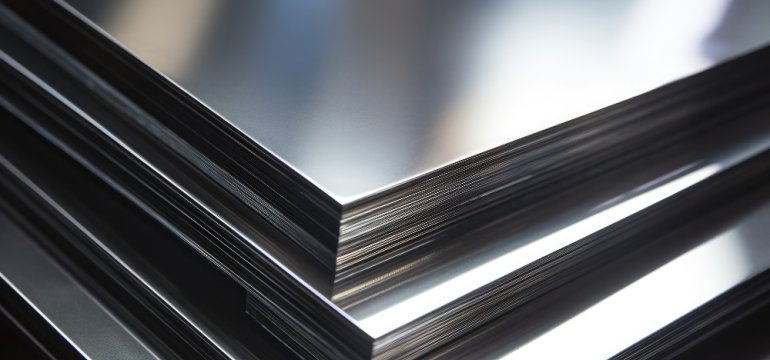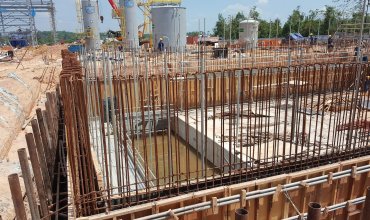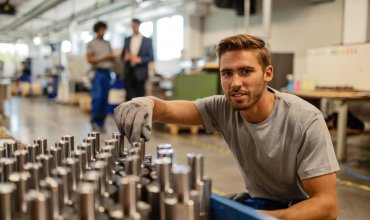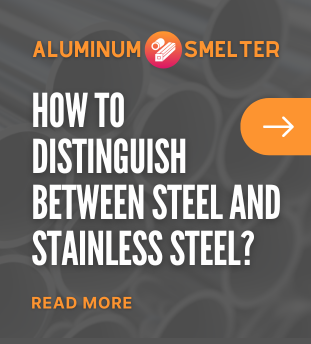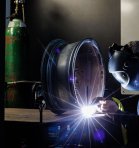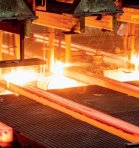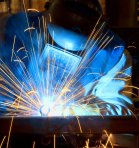The modern world of industry and construction could not do without one of its most important raw materials - rolled steel. This versatile material is used in almost every industry, from car manufacturing to bridge construction. Poland, as one of the leading European countries in steel production, plays a special role in this market. In the remainder of this article, we will take a closer look at the concept of rolled steel, its types, production process and wide range of applications. Understanding these aspects can be crucial not only for engineers or builders, but also for anyone who wants to learn about the foundations of modern industry.
Types of rolled steel: from cold to hot
Rolledsteel is divided into two main types: hot-rolled and cold-rolled. Both types have their own unique characteristics and applications that make them indispensable in various industries.
Hot-rolled steel
Hot-rolledsteel is formed at temperatures in excess of 1700°F (920°C). The rolling process at such temperatures makes the steel more ductile and easier to form. Hot rolling removes any crystalline defects in the structure of the steel, resulting in a product with a smooth surface and high strength.
Typical applications for hot-rolled steel are structural components of large buildings, pipes, and steel profiles. Its strength and durability make it ideal for projects with heavy mechanical work.
Cold-rolled steel
Cold-rolled steel is produced at temperatures close to room temperature. This process results in a higher level of dimensional precision and better surface quality. Cold-rolled steel has higher mechanical properties compared to hot-rolled steel, making it more suitable for precision applications.
It is readily used in the manufacture of products that require precise dimensions and aesthetic appearance, such as metal furniture, automotive parts, and household appliances.
Rolled steel production process: from pig iron to final product
Rolled steel production is a complex process that requires advanced technology and precise planning. Understanding this process will help us better appreciate the value and versatility of this material.
Raw materials and preparation for rolling
The process begins with the smelting of pig iron, which is a mixture of iron ore, coal, and other elements. The pig iron is melted at high temperatures in metallurgical furnaces to form liquid steel. The steel is then processed in refining furnaces, where impurities are removed and suitable metal alloys are added.
Hot rolling
In hot-rolled steel, the liquid steel is cast into semi-finished products such as billets, pistons, or plates. The semi-finished products are then heated to temperatures above the recrystallization point and passed through a series of rollers that give them the desired shape and thickness. Hot rolling makes the steel pliable and easy to form, but when it cools, a phenomenon called thermal crystallization can occur, which can affect its mechanical properties.
Cold rolling
Cold-rolled steel goes through analogous preparation steps, but the rolling process takes place at temperatures close to room temperature. In this case, the steel is first hot rolled, then cooled and put through another rolling cycle. Cold rolling improves the mechanical properties of the steel, increasing its hardness and strength and providing better surface quality.
Finishing
The final stage of production is finishing, which may include additional operations such as cutting, straightening, hardening, or packaging. The finished product is then shipped to customers around the world.
Rolled steel applications: from construction to engineering
Rolled steel plays a key role in many fields. Its versatility and variety of properties make it applicable to a wide range of projects.
Construction and infrastructure
One of the main sectors using rolled steel is construction. Due to its strength and durability, rolled steel is used in the construction of bridges, skyscrapers, stadiums, and other large structures. Examples of its applications in Poland include the National Stadium in Warsaw and bridges over the Vistula and Oder rivers.
Automotive industry
Steel plays an equally important role in the automotive industry. Cold-rolled steel is particularly valued for its precise properties, making it possible to produce automotive parts such as bodies, frames, and other components. Today's cars depend heavily on the strength and lightness of steel to improve their fuel efficiency and safety.
Machinery industry and electronics
Rolled steel is also used in the engineering and electronics industries. Thanks to its electromagnetic properties, cold-rolled steel is used to manufacture transformers, motors, and other electrical equipment. In industrial machinery, steel is an important component due to its strength and wear resistance.
Other applications
In everyday life, we encounter rolled steel in many consumer items. Metal furniture, shelving, tools, gardening equipment and even kitchen items often gain strength from steel. Home appliances are also an important segment, benefiting from its strength and aesthetic appearance.
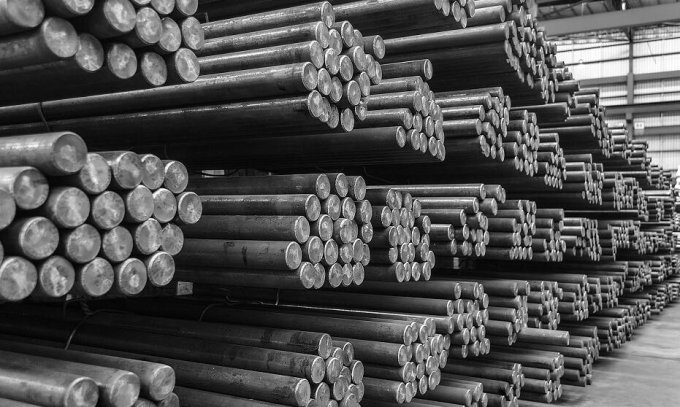
Advantages and disadvantages of rolled steel: what to consider
Although rolled steel has many advantages, it is also important to understand its limitations in order to choose the most suitable material for different applications.
Advantages of rolled steel
Key advantages of rolled steel include:
Tensile and compressive strength: Both hot-rolled and cold-rolled steel offer high mechanical strength, making them indispensable in many structural applications.
Durability: Steel is extremely durable and corrosion resistant, especially when properly protected.
Ductility: Thanks to the hot-rolling process, the steel gains special ductility, allowing it to be easily formed.
Dimensional precision: Cold rolling allows for very precise dimensions, which is crucial in applications requiring accuracy.
Cost-effectiveness: Steel is a relatively inexpensive material compared to other structural raw materials, making it an attractive option for many projects.
Disadvantages of rolled steel
Despite its many advantages, rolled steel also has several disadvantages worth considering:
Weight: Steel is heavy, which can be a problem in specific applications, especially in the aerospace or automotive industries, where lightness is crucial.
Corrosion: Although steel is durable, it still requires adequate corrosion protection, especially in aggressive environments.
Limited flexibility: Compared to other materials, such as aluminum or plastics, steel can be less flexible in some applications, limiting its usefulness.
Why is rolled steel beneficial to the Polish economy?
Rolled steel plays a key role in strengthening the Polish economy. Steel mills and factories are among the largest employers, as well as important players in the export market.
Steel production in poland
Poland is one of the leading steel producers in Europe. The high technical level and modern technologies in Polish steel mills allow the production of high-quality steel, which finds buyers around the world. The main centers of steel production include Silesia, Pomerania and Lodz.
Importance of exports
The export of rolled steel is an important source of income for the Polish economy. Polish steel products enjoy recognition in foreign markets, including countries in the European Union, Asia or North America. Significant exports strengthen Poland's position on the international industrial scene, increasing budget revenues and generating jobs.
Technological development
Investments in modern production technologies, such as automation and robotization of processes, help Polish steel companies compete with the best. This makes Poland an attractive destination for foreign investment, further driving economic development.
Sustainable development
The Polish steel industry is also taking part in initiatives to increase sustainability. Modern steel mills focus on recycling and efficient use of raw materials, which contributes to reducing the carbon footprint.
Summary
In conclusion, rolled steel is a fundamental raw material that plays an invaluable role in various industrial sectors, from construction to automotive. Thanks to its unique properties and versatility, rolled steel remains an indispensable material in the modern world.
Poland, as one of the leading countries in steel production, makes a significant contribution to the global market for this raw material. Modern technologies, innovative approaches to production and sustainable development make Polish rolled steel highly valued and sought after in global markets.
Knowledge of the production process, types and applications of rolled steel is crucial not only for specialists, but also for anyone who wants to better understand the foundations of our civilization. Thanks to advanced technologies and the pursuit of continuous product improvement, rolled steel invariably finds its place at the heart of every modern project.


